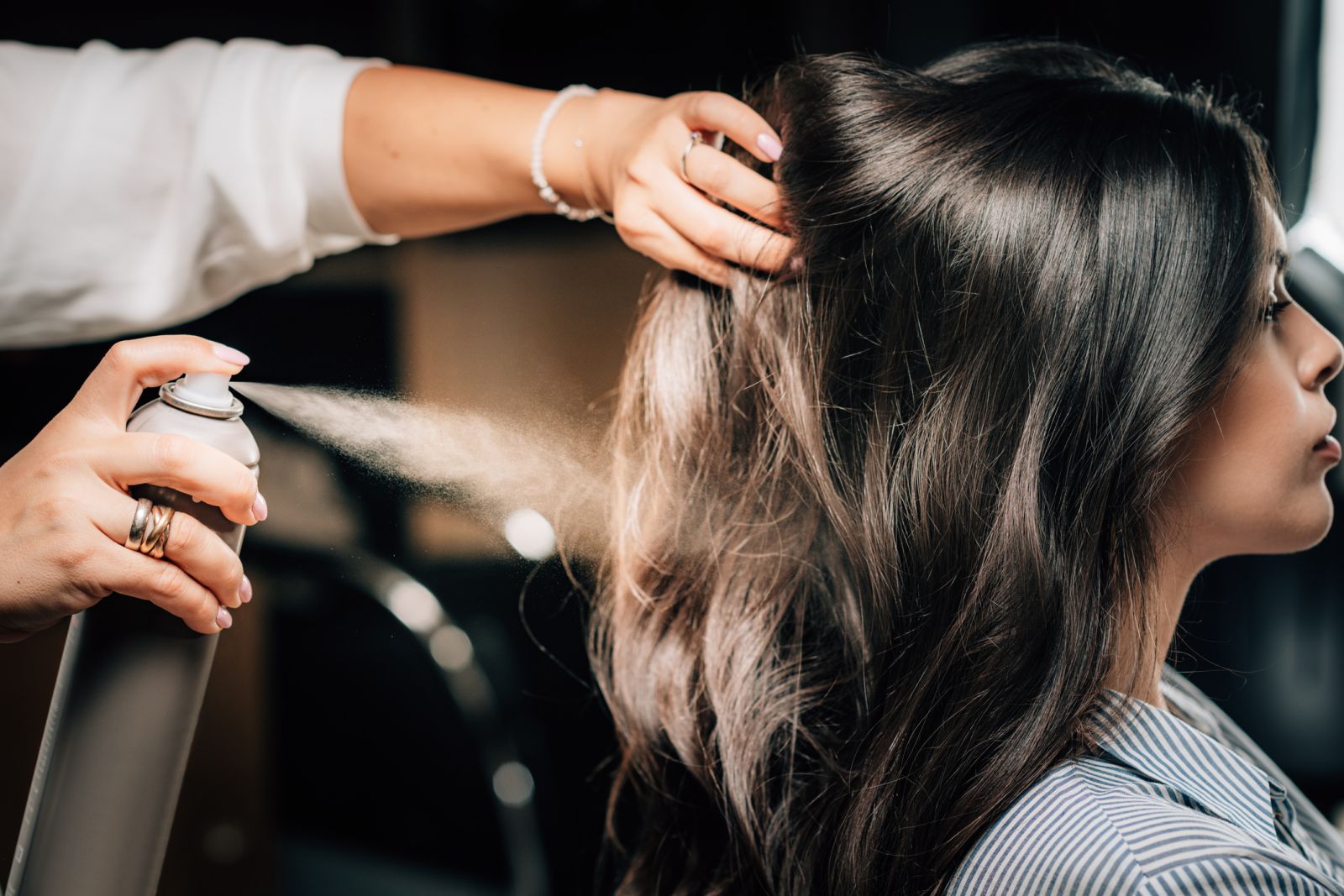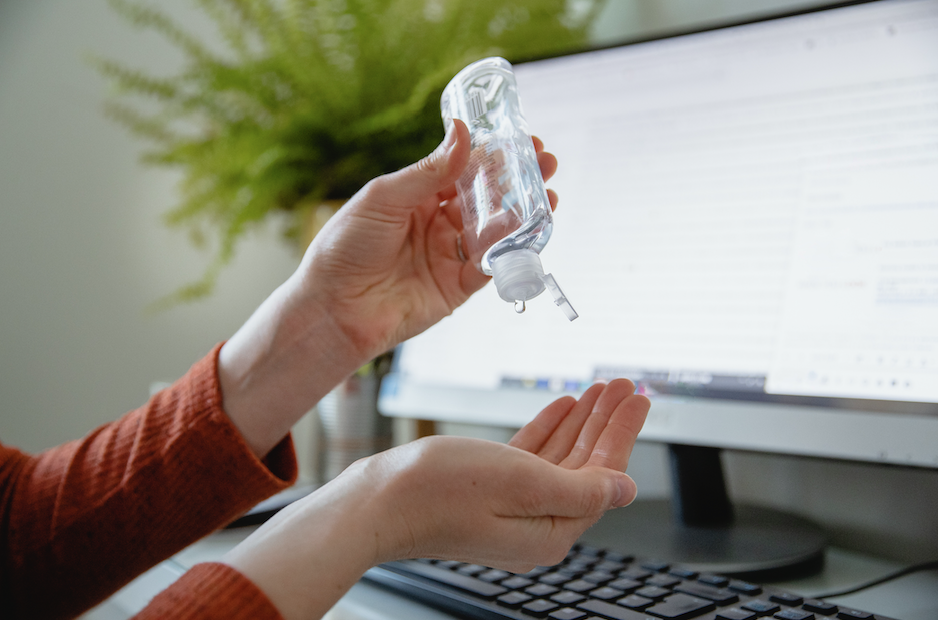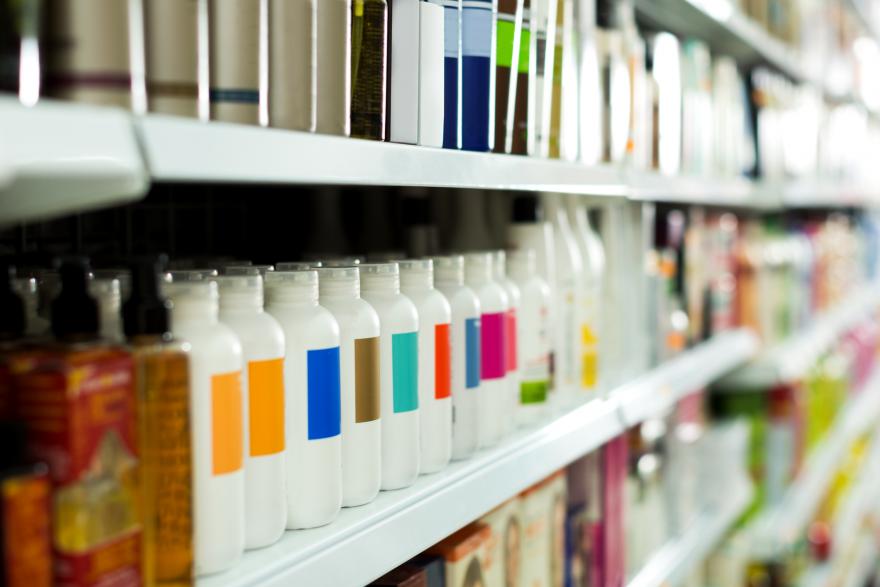The impact of alcohol-containing hair products on alcohol hair strand testing (HST) is a common question that arises in alcohol monitoring cases.
For testing historical alcohol use in hair, there are two main markers of alcohol which are tested for; Ethylglucuronide (EtG) and Fatty Acid Ethyl Esters (FAEE) which includes Ethyl Palmitate (EtPa). EtG and FAEE are direct biomarkers for alcohol, meaning that they only form in the presence of alcohol. EtG is mainly incorporated into the hair via the bloodstream and at a high degree from sweat, whereas FAEE is incorporated via the sebum through the sebaceous glands.
FAEE is formed through the reaction of alcohol with the fatty acids in the human body. Due to the way that FAEE is formed and absorbed into the hair, the FAEE concentrations can be increased by the application of alcohol-containing products.
EtG marker in hair on the other hand, is not affected by alcohol-containing products. Therefore it acts as a robust marker when detected in the hair.
What are the “Alcohol containing products”?
Many hair products, such as hair lotions and hairspray contain forms of alcohol, but not all “alcohol” sounding ingredients have an effect on the concentrations.

So what ingredients should I look for?
Alcohol is chemically known as “Ethanol”. The consumption of ethanol in beverages is the compound that leads in the formation of EtG and FAEE. The repeated use of ethanol-containing hair products may increase the level of FAEEs in hair, into the range of concentrations found for excessive drinkers. Such products contain the ingredient of “ethanol”, or other commonly known abbreviations “alcohol denat” or “SD alcohol 40” or “ethyl alcohol”. Therefore, any hair products that contain one or more of these ingredients are likely to contribute to the FAEE concentration in the hair sample.
In addition to the hair products, there are other alcohol-containing products that have been questioned, such as hand sanitisers, especially during the pandemic, that may impact the hair tests. Some hand sanitisers contain ethanol. Therefore, if this product was applied directly onto the hair, it would have a similar effect as alcohol-containing hair products. However, generally, hand sanitiser is applied, as per the manufacturer's instructions, to the hands, where the ethanol content evaporates quickly as it dries. Because of this, the impact on FAEE levels is marginal when hand sanitiser is used and EtG acts as a robust additional checkpoint to avoid false-positive reporting.

Is it only head hair that is affected?
Alcohol-containing hair products have an impact on hair alcohol markers, so body hair can also be affected. Therefore, it is not recommended to test FAEE in body hair, as many deodorants may contain ethanol.
Unlike hair, Blood and Nails are not affected by the use of alcohol-containing hair products. Because of this, if alcohol-containing hair products are under consideration, then it is recommended to test nails or a blood sample, as they are less exposed to alcohol-containing hair products.
DNA Legal records and reviews the use of such products when testing alcohol in hair. We always recommend checking the products' ingredients and confirming the product brand, ingredients, and frequency of use with your sample collector when providing a hair sample for alcohol testing.

